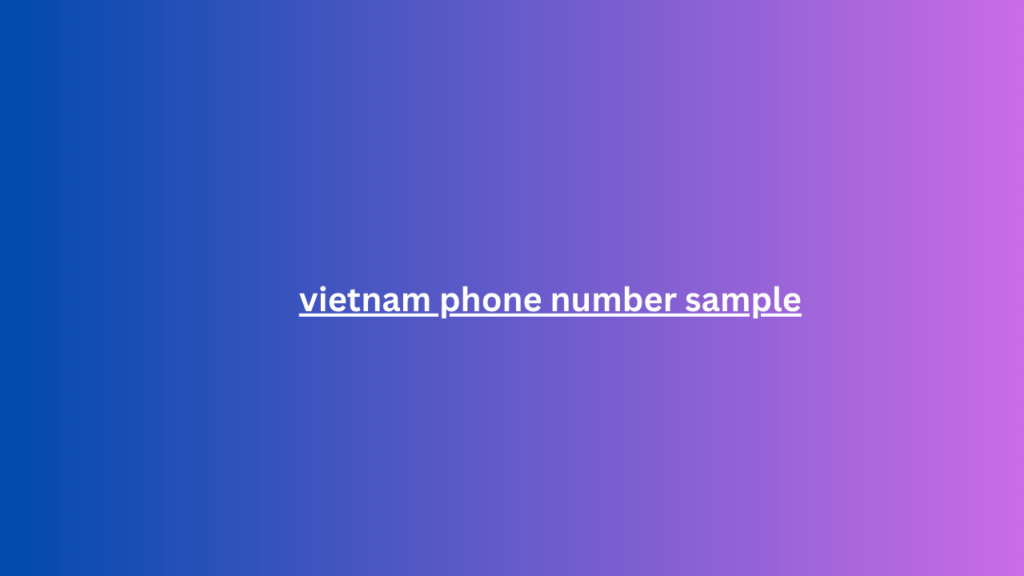The stages of sending a file via blockchain:
Transaction : The first step is to initiate a vietnam phone number sample transaction. Transactions can contain different types of data depending on the blockchain application. For example, in the case of cryptocurrencies, transactions contain information about sending funds from one address to another.
Creating a Block Transactions are grouped into sets called blocks. Before being added to the blockchain, each block must be “mined” or “produced.” Depending on the consensus mechanism (e.g., Proof of Work), this process may require solving a complex mathematical problem.
Validation : Once a block is mined, nodes in the network verify the transactions it contains to ensure they are correct and comply with the rules of the blockchain protocol.

Add to blockchain : Once verified, a block is added to the existing blockchain, thus creating a permanent and immutable record of data. Each block contains a reference to the previous block, creating a chain of related blocks.
Diffusion : Once added to the chain, the block is distributed throughout the blockchain network so that all nodes have an updated copy of the chain.
Synchronization : Nodes in a blockchain network work together to maintain the integrity of the chain. Each node maintains its own copy of the blockchain and works to synchronize with other nodes to reach consensus on the state of the network.